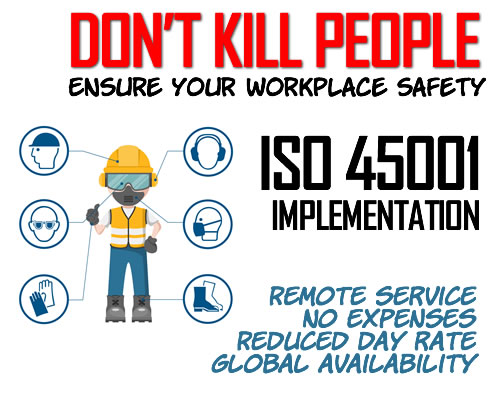The Director of Metallurgy for defense contractor Bradken was sentenced to two-and-a-half years in prison for falsifying metal test data for over thirty years. That metal was then installed on US Navy submarines. Despite the fraud having been discovered newly hired trainee, the company held ISO 9001 certification by SAI Global for the entire period, and so-called experienced “Lead Auditors” never found the problem. SAI then took no action even after the scandal was reported in mainstream media reports, and Bradken paid over $10.9 million to avoid criminal prosecution.
As reported here previously, Bradken first voluntarily revealed the scandal to government regulators when it was uncovered by a trainee who had been hired to replace the metallurgist, who was retiring. But the company then lied to government investigators by falsely claiming they were innocent mistakes.
Oxebridge estimates that during that period, SAI and its predecessor company QMI would have had to conduct over about 30 annual audits, comprising over 100 audit days, for the US facility alone. At least one-third of those days would have included auditing the ISO 9001 clauses related to the verification of test data. Either SAI auditors did not find the manipulated data, or reported it and were overruled by SAI executives, a common practice in the ISO certification scheme.
The scope of Bradken’s certification by SAI is massive, covering foundries and facilities in multiple countries, including the Xuzhou region of China, a hub for human trafficking. The official ISO 9001 certificate indicates that somehow all the Bradken facilities, including those in Malaysia, China, Australia, New Zealand, and the United States, were all certified on the same day. The only explanation for this is that SAI conducted months of auditing and then released a final “joint” certificate all at once.
Certification bodies often overlook problems facing clients in order to retain their services, allowing them to be certified despite violating the various ISO standards. This is especially true for massive clients such as Bradken, since de-certifying them can have an immediate impact on a CB’s annual revenue.
The response by certification bodies (CBs) and oversight bodies like the IAF is a false claim that “ISO audits are not intended to uncover fraud.” In fact, the entire ISO 9001 certification scheme was created specifically to shut down the fraudulent practice whereby companies would claim to have compliant quality systems, but then deliver defective products. ISO 9001 was sold to the world as a means of obtaining an accurate, objective assessment of such companies’ quality systems and abilities to deliver conforming products.
Originally, ISO aimed to create an oversight body that would ensure CBs like SAI would perform their duties honestly and consistently. ISO quickly shelved this idea due to fears of legal liabilities, and a new scheme was invented by the bodies themselves. Now the scheme is rampant with corruption due to the fact that the parties monitor themselves, and the representatives from the CBs and ABs comprise nearly every seat on the ISO committees tasked with developing the oversight rules.
As a result, the ISO certification scheme has instead evolved into a “protection racket” whereby companies who buy a certificate receive legal cover by CBs and ABs who will attest to their quality in public, and then provide certifications that can be used to bolster their case in court. The ABs and the International Accreditation Forum then work to shut down complaints against such companies, helping ensure the accreditation fees flow unrestrained, and that such complaints do not see the light of day.
SAI was recently purchased by Intertek. It’s still not clear what will happen to the SAI brand, and whether it will merge with that of Intertek.







